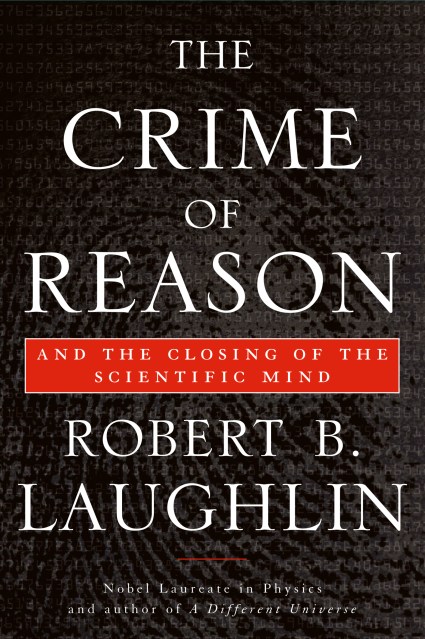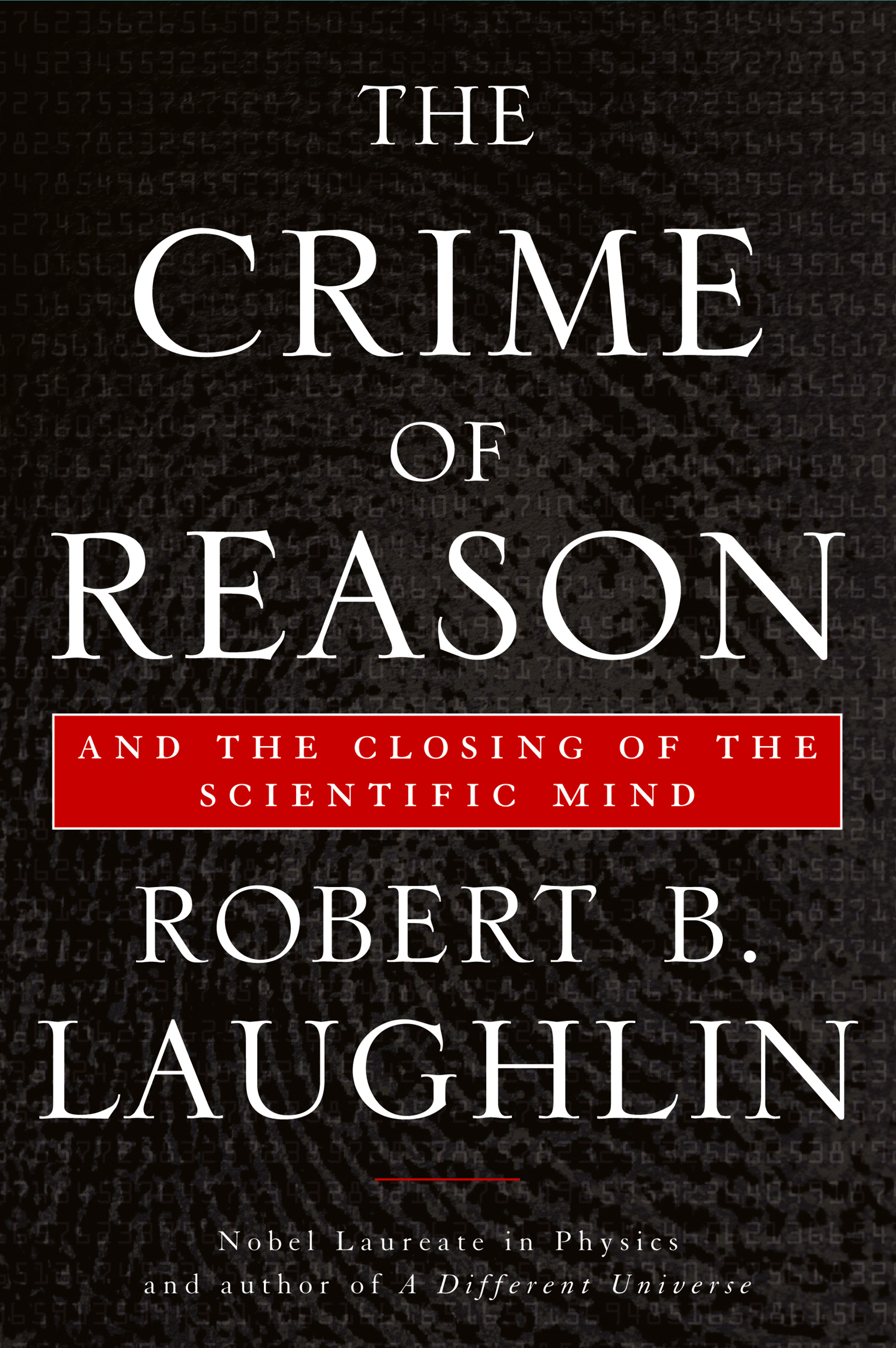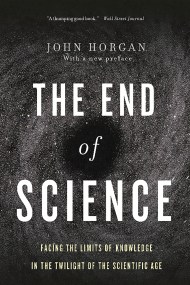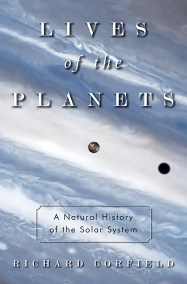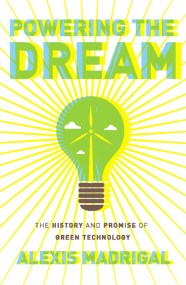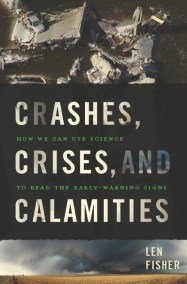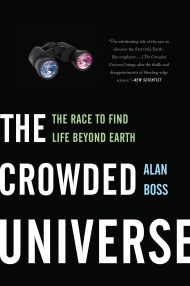The Crime of Reason
And the Closing of the Scientific Mind
Contributors
Formats and Prices
Price
$21.99Price
$28.99 CADFormat
Format:
- Trade Paperback $21.99 $28.99 CAD
- ebook $8.99 $11.99 CAD
Also available from:
The Crime of Reason is a reader-friendly jeremiad, On Bullshit for the Slashdot and Creative Commons crowd: a short, fiercely argued essay on a problem of increasing concern to people at the frontiers of new ideas.
Genre:
- On Sale
- Dec 28, 2010
- Page Count
- 192 pages
- Publisher
- Basic Books
- ISBN-13
- 9780465020287
Newsletter Signup
By clicking ‘Sign Up,’ I acknowledge that I have read and agree to Hachette Book Group’s Privacy Policy and Terms of Use
